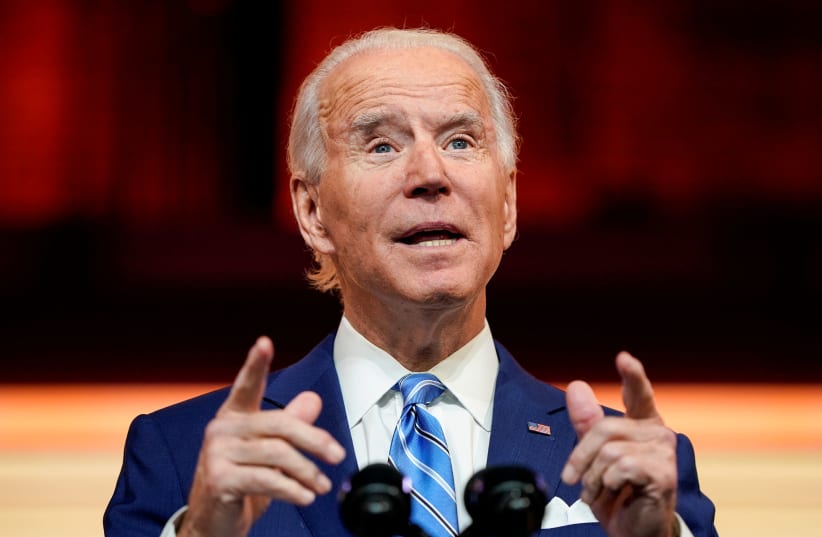The Democratic president in April provided a partial wish list for about $1.5 trillion in government spending for the fiscal year that starts on Oct. 1, just a sliver of the total budget.
Friday will see more details, from foreign aid to immigration and policing, and could include jumps in funding for Medicaid and other social programs that consume most federal government spending.
NO SURPRISE INITIATIVES
Do not expect any previously undisclosed major policy initiatives, said Rob Friedlander, spokesman for the Office of Management and Budget.
Instead, look for details on Biden's $4 trillion plans to bring more women back into the workforce, fund home care for the aging and disabled, expand broadband coverage to underserved and rural areas and combat climate change, by raising taxes on companies and the wealthy.
"The president's budget will ... include the American Jobs Plan, the American Families Plan, and the president's proposals to reinvest in research, education, clean energy, public health, and other critical priorities," Friedlander said.
Congress, where Democrats have a narrow majority, must pass any budget. Biden hopes to secure Republican support for some of that investment - but may rely on a congressional procedure known as reconciliation to pass it without Republican backing.
Biden will need to corral the often-warring progressive and moderate wings of his own Democratic Party to do so.
PROGRESSIVE PROMISES?
Biden made sweeping campaign promises to progressive voters about what he would get done during his presidency, from cutting student loan debt to adding a public option to the Obamacare health insurance law.
They may be disappointed.
"Every entity may not be reflected in this budget," White House press secretary Jen Psaki said last week, when asked about pledges on drug pricing and health insurance.
PENTAGON PRIORITIES
Biden's initial proposal to keep Pentagon spending roughly flat in inflation-adjusted terms angered liberals who want to cut the funding and hawks who want it raised.
Friday's budget may show how sharply Biden plans to shift focus away from the Middle East, as well as the cost impact of withdrawing troops from Afghanistan and the level of funding for emerging threats like China.
It will also show how much Biden wants the Pentagon to invest in fighting cyber crime, climate change and environmental mediation.
AFTER GAZA
Some progressive lawmakers, such as Senator Bernie Sanders, want Biden to cut military aid to Israel following its air strikes in Gaza that killed dozens of civilians in response to rocket fire from Hamas terrorists.
But White House aides said they were happy with the program and expect to keep funding consistent.
Egypt, which was a key intermediary for US diplomacy during 11 days of fighting, is also expected to remain a major recipient of U.S. aid despite concerns over Egyptian President Abdel Fattah al-Sisi's crackdown on political dissent.
DEBT, ECONOMIC GROWTH
The budget is likely to include detailed economic growth assumptions and deficit projections that will be heavily scrutinized by economists, political opponents and investors.
Biden argues his investment plans would expand the economy by creating jobs, funding research and freeing up more workers.
The president's proposal to pay for home care for the elderly and disabled would boost funding for the healthcare program Medicaid, a target of deficit hawks, by $400 billion over a decade.
CLIMATE CHANGE
Biden's budget will put meat on the bones of the U.S. pledge to cut greenhouse gas emissions by more than 50% below 2005 levels over the next decade as its new Paris Agreement target, after his "skinny budget" proposed $14 billion to fight climate change in fiscal 2022.
